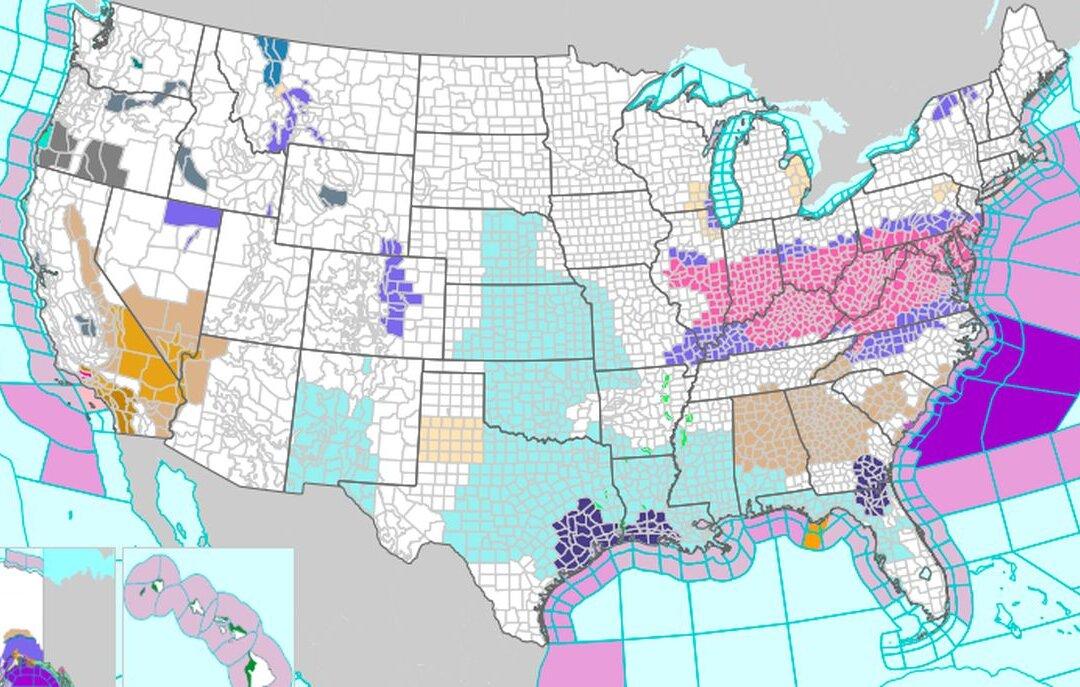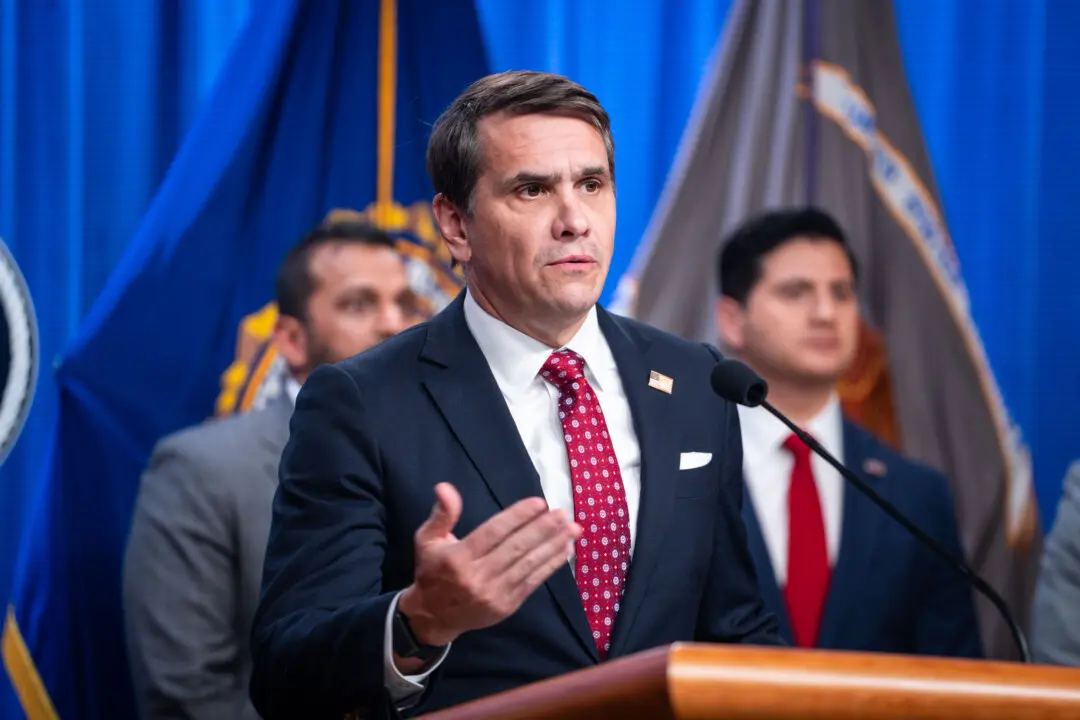Harsh cold from the Arctic is forecast to inundate much of central and eastern United States starting this week, following a heavy winter storm that dumped significant snowfall on the Mid-Atlantic.
The National Weather Service’s (NWS’s) six-to-10 day outlook, issued on Jan. 5, for temperatures shows that much of the eastern two-thirds of the United States will be below the historic average.





